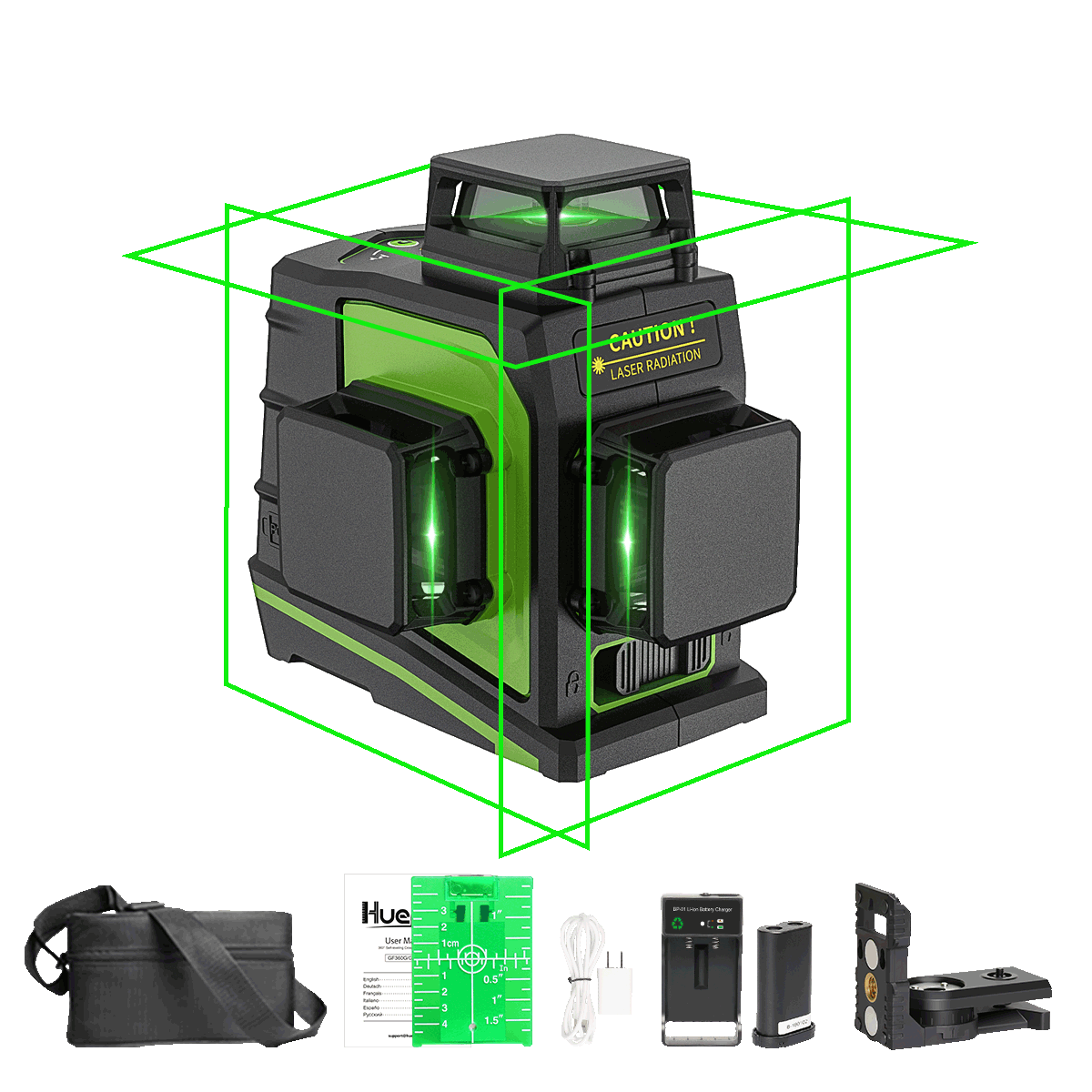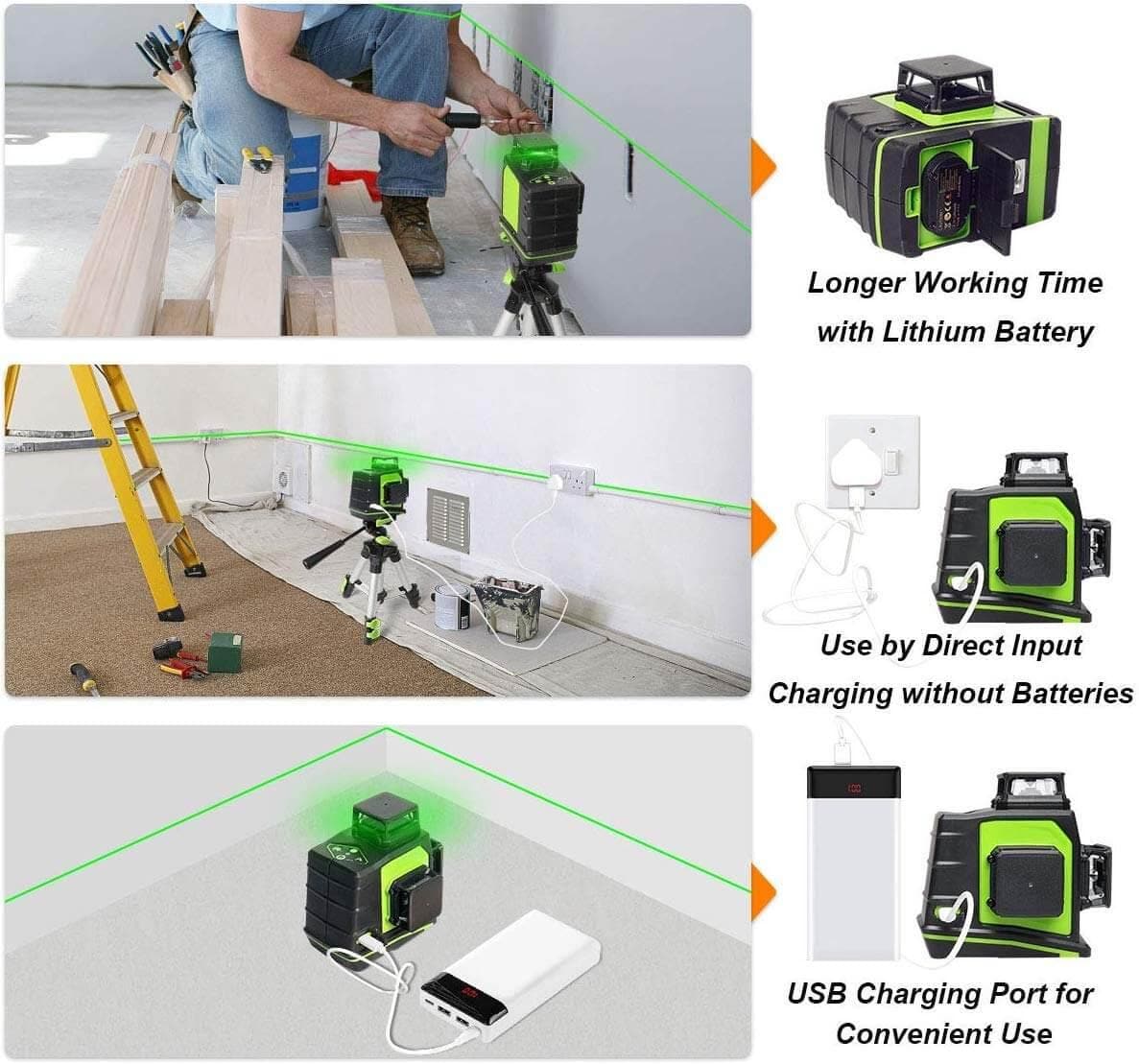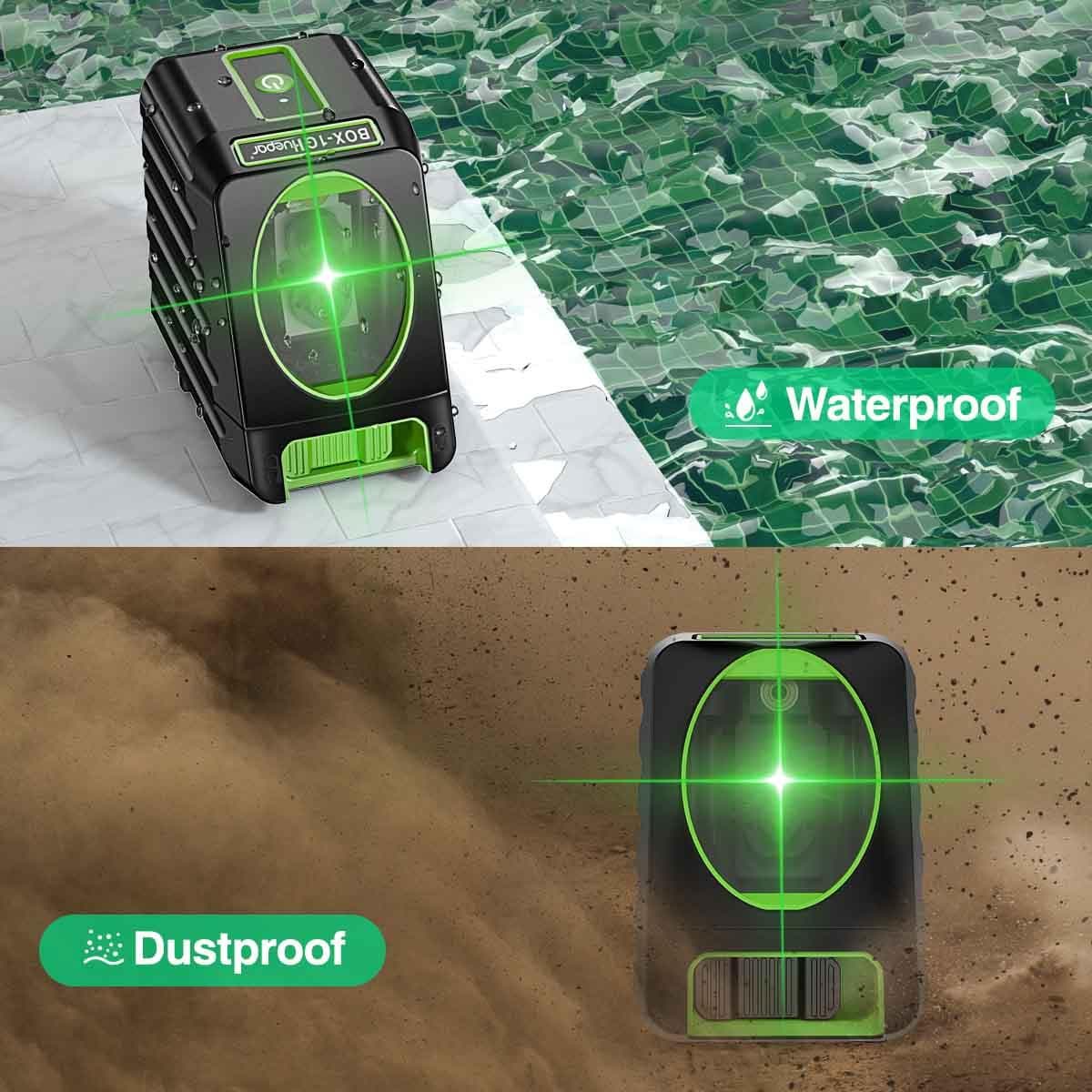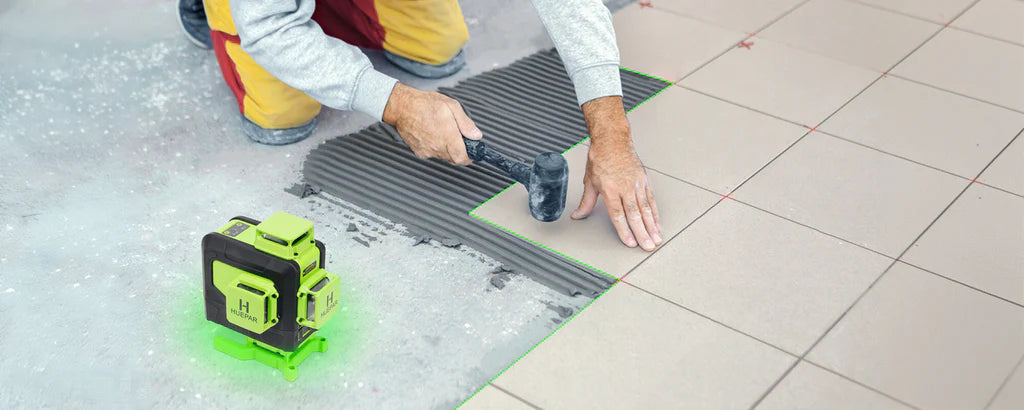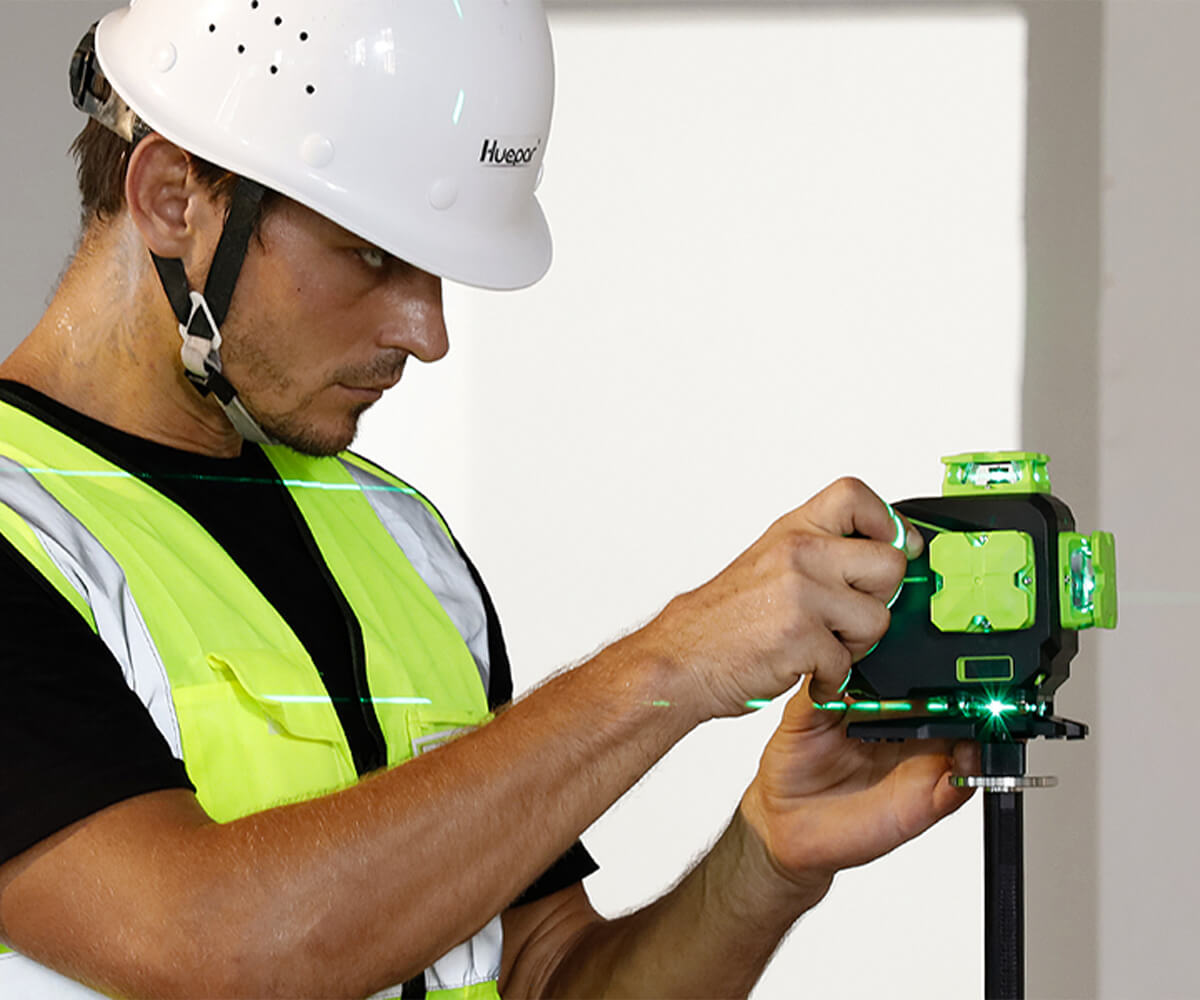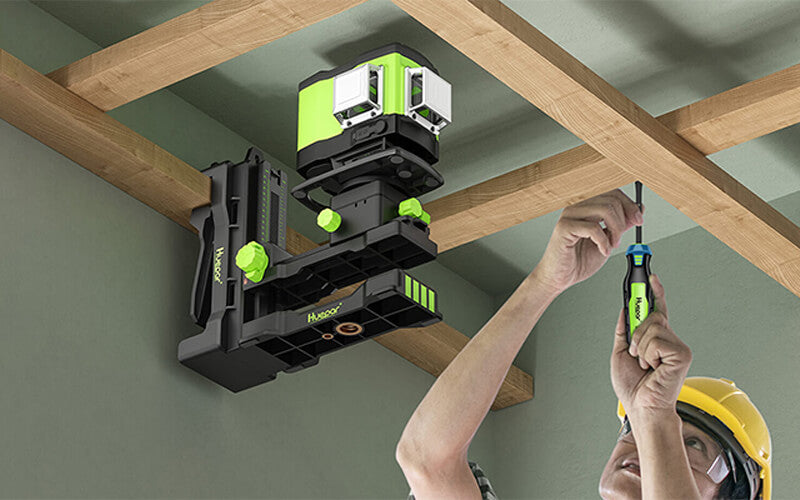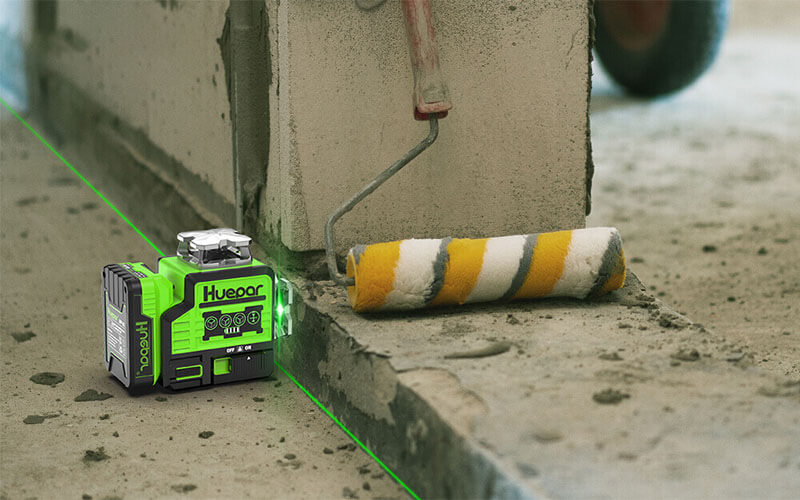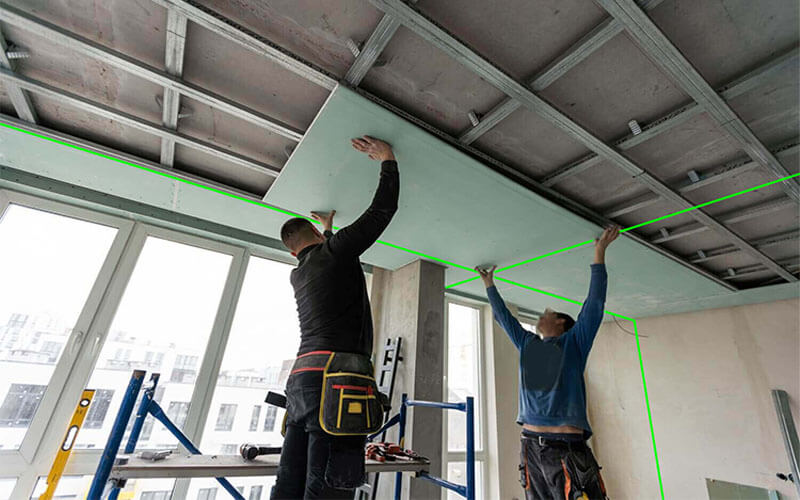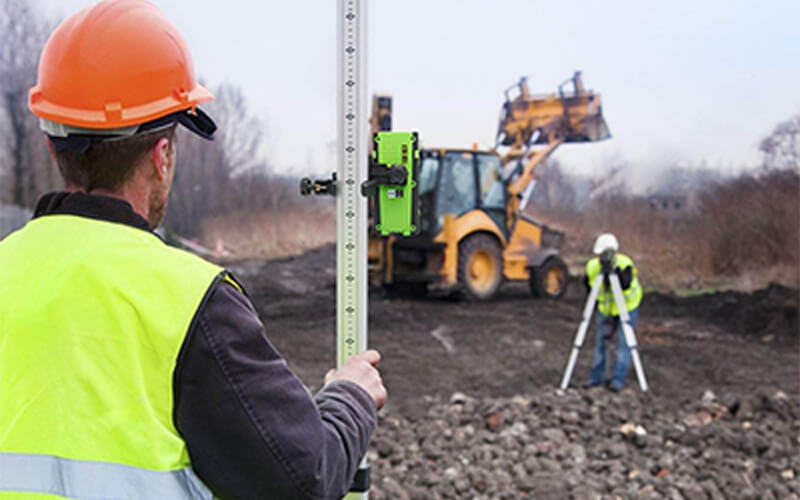
Unlock the Precision: Understanding 3D Laser Levels in Modern Construction
Introduction to Laser Levels
What Are Laser Levels?
Laser levels are tools for precision. They project a straight line of light onto surfaces. This line helps to align and level objects. Builders, carpenters, and DIY fans use them. In construction, they are key for a perfect finish. Laser levels replace old spirit levels. They are fast, accurate, and easy to use. With a laser level, measurements are more exact. This leads to better building work.

Evolution of Laser Levels in Construction
Laser levels have revolutionized construction over the years. In the past, manual methods like spirit levels and plumb bobs were standard. Accuracy hinged on the user's skill. But advances in technology changed that. The introduction of early laser levels brought precision. Yet, they had limits in range and functionality. As tech improved, so did the lasers. Now, we have 3d laser levels. These devices cast multiple lines simultaneously. This capability allows for accurate, quick alignment on all planes. The evolution of laser levels has made complex projects simpler and more precise.
Types of Laser Levels
Cross Line Laser Level: Basics and Uses
-
Cross Line Laser Level: Basics and Uses
Cross line laser levels project two lines on a surface. One is horizontal and the other is vertical. These lines intersect and show a cross. This type is good for tasks like hanging pictures or laying tiles. It is simple to use. Turn it on, and it self-levels and locks the lines in place. It is a favorite tool for DIYers and pros too. They are often used inside but can be used outside too. Some come with a pulse mode for outdoor use.
3D Laser Levels and Their Advantages
3d laser levels are a significant step-up in construction technology. Different from the standard levels, they project lines along three planes: X, Y, and Z. This allows workers to create accurate layouts in a full 360-degree space. Here are some benefits of using 3D laser levels:
- Accuracy: Projects precise lines for exact measurements.
- Efficiency: Saves time in setup and layout tasks.
- Usability: Easy to use with self-leveling features.
- Versatility: Suitable for a range of tasks from floor tiling to lighting installation.
They are the perfect tool for complex projects needing high precision.
Exploring 4D Laser Levels: An Emerging Technology
4D laser levels are the cutting edge in leveling technology. Unlike common levels, they can project lines in 4 dimensions. This gives them the ability to create a 360-degree layout. You can see lines from every angle with a 4D level. These tools are perfect for complex projects. They help workers measure and align with great precision. The market for 4D levels is growing fast. Their use is still limited, but it's expanding. As technology improves, 4D levels may become a standard tool in construction.
Implementation in Modern Construction
Enhancing Accuracy with 3D Laser Levels
3d laser levels have revolutionized accuracy in modern construction. These advanced tools project lines in three dimensions, allowing builders to ensure perfect alignment and levelling without the guesswork. Here's how 3D laser levels enhance precision in the field:
- Precision in Elevation: With vertical and horizontal planes, 3D lasers provide exact elevation data for tasks such as installing drop ceilings.
- Time-saving Setups: They speed up the process of setting out floor plans and wall layouts, as one device replaces multiple traditional tools.
- 360-Degree Coverage: These levels offer full room coverage, reducing the need for repositioning and manual checks.
- Increased Efficiency: With quick and clear projections, teams can work faster and reduce costly errors.
By integrating 3d laser levels, construction projects can achieve a new level of precision and efficiency, which is critical in today’s competitive building environment.
Innovations in Construction: Case Studies of Laser Level Use
The implementation of laser levels, particularly 3D models, has revolutionized construction sites. Through various case studies, the innovative applications of these tools are showcased. One report from a high-rise project in Dubai reveals how 3d laser levels facilitated the precise alignment of multifloored structures. Another case in Berlin demonstrates how the integration of 4D laser levels shaved weeks off the construction schedule by streamlining layout processes. These cases underline the transformative impact of advanced laser technology in building and design.
Choosing the Right Laser Level for Your Project
Selecting the ideal laser level for a project is crucial. Consider these tips:
- Assess the Project Scope: Smaller tasks may need a simple cross line laser. Larger projects may require a 3D or 4D laser.
- Consider Accuracy Needs: 3D lasers offer high precision. Ensure the level meets the project's accuracy standard.
- Evaluate Features: Check for battery life, range, and durability. Some models have special features like Bluetooth.
- Think about Environment: Outdoor projects need levels with strong visibility. They must withstand weather conditions.
- Plan Your Budget: More features mean a higher price. Balance your needs with how much you can spend.
By following these steps, you'll find the right laser level for your job.


